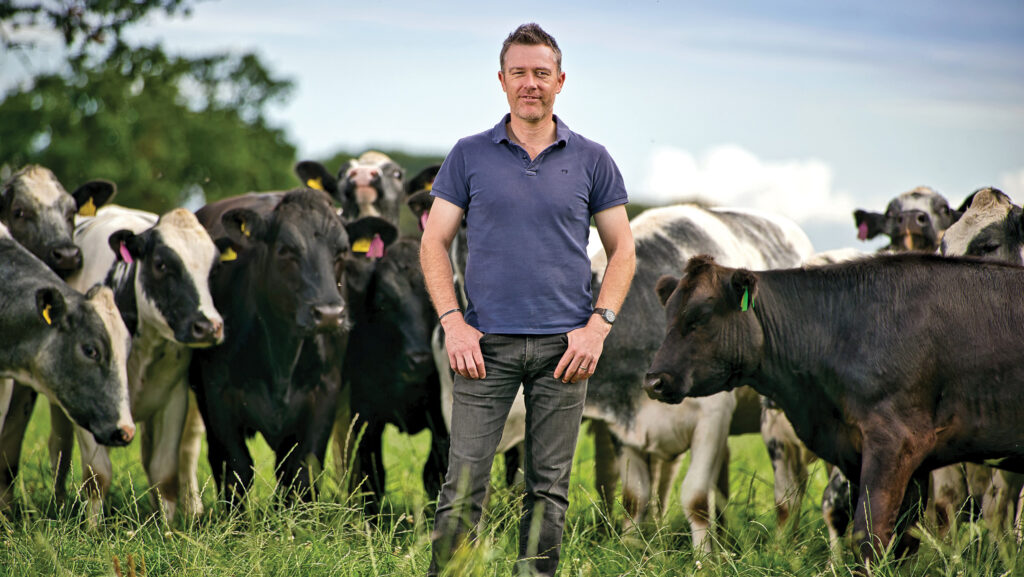Will’s World: Heat is on for farming, never mind the weather
 © Richard Stanton
© Richard Stanton It feels like I’ve been waiting for rain almost as long as I’ve been waiting for Wales to win a rugby game. And, much to my equal parts relief and delight, both have finally arrived.
To use the technical term, it’s lashing down – and on St Swithin’s Day too. Forty days and nights of rain would do very nicely now, especially as we cleared the last of our barley straw last night.
Those of you who’ve been fervently praying for precipitation to get your grass growing again can thank me for this, because I’ve clearly angered the weather gods by deciding to write about drought – and, specifically, 1976.
This momentous year bestrides our collective culture like a meteorological colossus. I’ve been hearing the myths and legends associated with it all my life.
See also: Guidance on planning an on-farm irrigation reservoir
Scorching criticism
Innocently comment that anything’s marginally more than lukewarm, and an older relative will immediately take umbrage.
Reach for a glass of water while eating a hot curry? “Hot! You should have been there in ’76, that was hot, boy!”
Casually mention that the weather this afternoon is a trifle warm? “Warm! It was so warm in ’76 that a man actually melted!”
Say that this prolonged period of hot weather isn’t any good for the grass? “You don’t know you’re born, lad! In ’76 it didn’t rain for three years, and we just got on with it, no complaints.”
Honestly, to hear my old man talk, he was fetching the cows in for milking on a camel every day, dressed like Lawrence of Arabia.
But if 1976 really was as hot and sweaty as the old-timers make out, they’d have shaved off those massive sideburns they were all rocking back then, wouldn’t they?
The ubiquitous crotch-hugging heavy denim flares don’t seem like a sensible choice, either, unless you happen to be a member of Led Zeppelin, and those platform shoes surely only put you closer to the sun.
Anyway, I decided to seek out the truth, like the intrepid reporter I fantasise about being, and reached for Wikipedia.
Well, turns out it was hot, with several days in July reaching 35C, and little to no rain for several months.
Reservoirs ran almost dry in some parts, hospital admissions soared, and forest fires broke out all over southern England, with 50,000 trees destroyed at Hurn Forest in Dorset. Sorry, Dad.
Hot or not?
The thing that really caught my eye, was the fact that crops were badly hit, with an estimated £500m worth of failures directly resulting in food prices increasing by a whopping 12%.
The thing with 1976, though, was that despite the undoubted seriousness of the situation, it was an anomaly. Temperatures in the following decades returned to far more normal levels.
Fast-forward to 2025, and I don’t think many sensible people would predict that happening now.
What was previously considered “extreme weather” is rapidly becoming the norm, and nine of the 10 hottest ever days in the UK have been recorded since 1990.
People can debate the causes of this all they like – and, my God, don’t they.
But the minds of those of us involved in food production – not to mention those of our political leaders – would be better focused on how we’re going to keep the nation fed.
There are no votes in empty shelves or stomachs, after all.
It was encouraging to see that the new National Food Strategy contains several specific actions in this regard and, as Labour said in their manifesto, food security is national security.
Whether this is just even more hot air remains to be seen.

